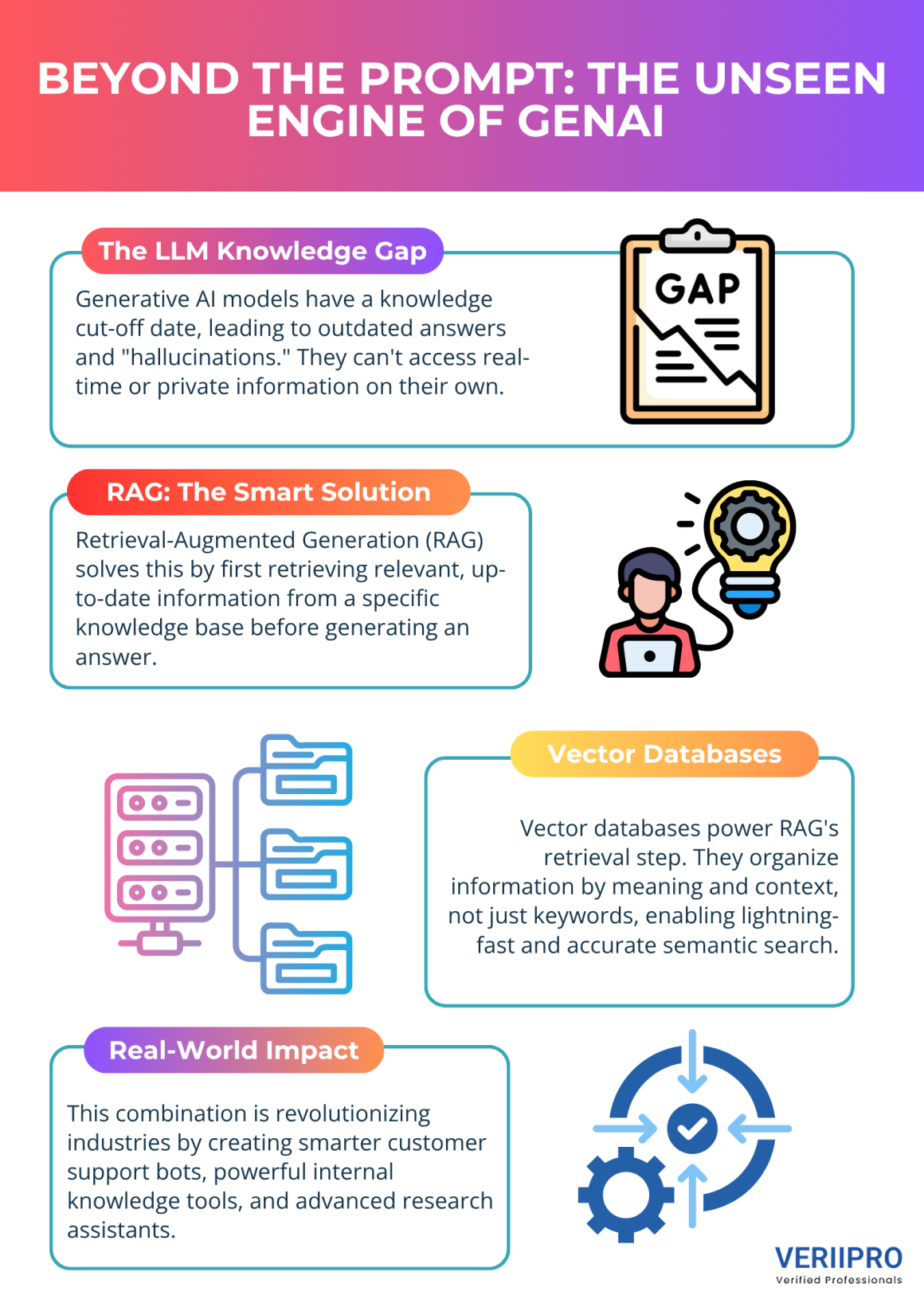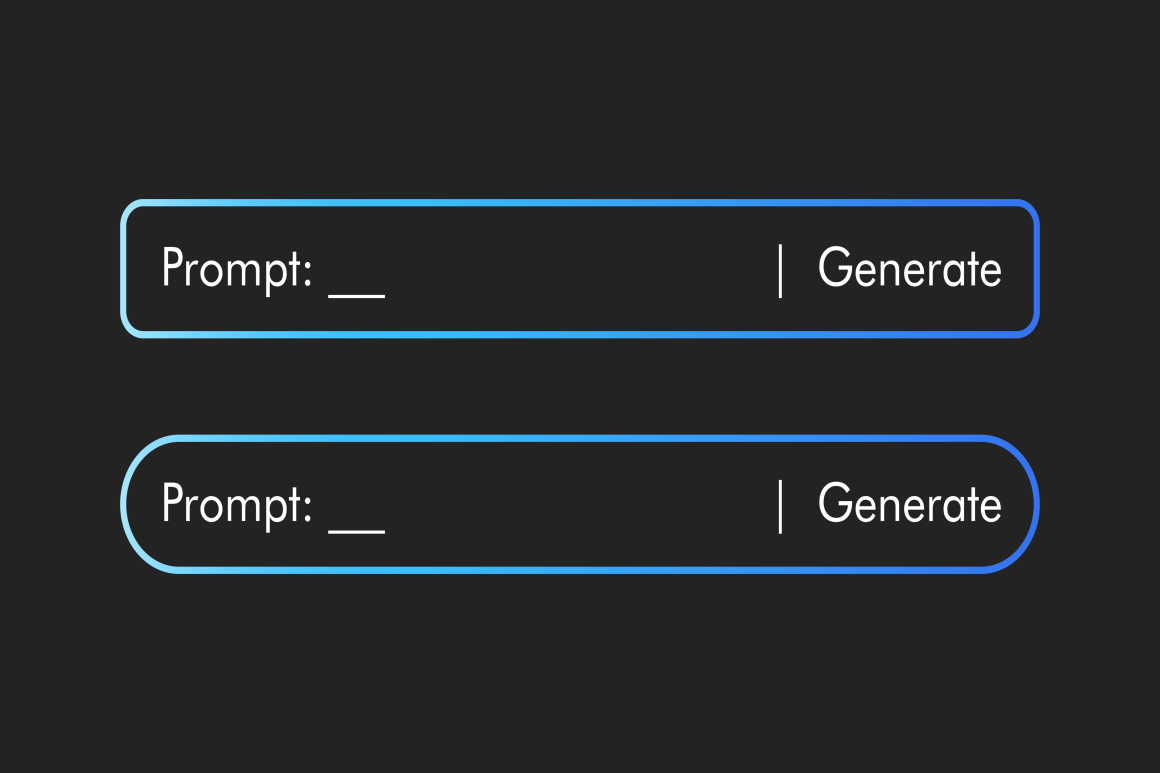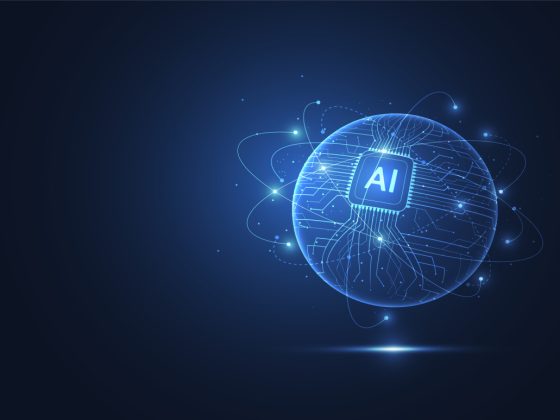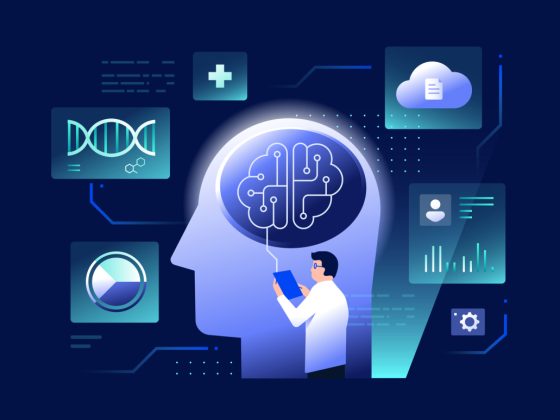Beyond the Prompt: The Unseen Engine of GenAI – A Deep Dive into RAG and Vector Databases
Have you ever asked a generative AI chatbot a question about a recent event, only to be told it “doesn’t have information past its last training date”? Or perhaps you’ve seen it confidently state a “fact” that was completely made up-an issue developers call “hallucination.” While models like ChatGPT are incredibly powerful, they have a fundamental limitation: their knowledge is frozen in time, limited to the data they were trained on. This is a huge hurdle for businesses that need AI to work with current, private, or specialized information.
The solution isn’t to constantly retrain these massive, expensive models. Instead, a more elegant and powerful architecture has emerged as the quiet hero behind the next generation of AI: Retrieval-Augmented Generation (RAG), powered by an equally important technology called vector databases. Together, they form the unseen engine that gives generative AI a long-term memory and access to real-time information, making it vastly more useful and reliable.

The Genius of RAG: Giving AI a Library Card
At its core, RAG is a surprisingly simple concept. Think of a standard Large Language Model (LLM) as a brilliant, well-read scholar who has memorized an entire library of books-but only books published before a certain year. Their knowledge is vast but dated. As explained by the team at Hugging Face, RAG gives that scholar a library card and a real-time research assistant.
Instead of just relying on its pre-existing knowledge to answer a question, an AI system using RAG first performs a search. It looks through a specified, up-to-date knowledge base-like a company’s internal documents, the latest product manuals, or a curated set of research papers-to find information relevant to the user’s prompt. This retrieved information is then given to the LLM as context, along with the original prompt. The LLM then uses this fresh, relevant data to “augment” its response, generating an answer that is both intelligent and factually grounded in the provided source material. This approach significantly reduces hallucinations and ensures the AI’s responses are current and accurate.
This two-step process-retrieve then generate-is a game-changer. It allows developers to ground their AI applications in specific, proprietary data without the astronomical cost and complexity of fine-tuning or retraining the entire model. The AI is no longer just a clever conversationalist; it’s a knowledgeable expert with direct access to the right information.
The Filing System: How Vector Databases Make RAG Possible
So, if RAG is the research assistant, how does it find the right information so quickly and accurately? A simple keyword search won’t cut it. Human language is full of nuance, synonyms, and context. The phrase “best-performing sales strategy” might not contain the same keywords as a document detailing “top revenue-generating techniques,” but they are conceptually identical.
This is where vector databases come in. They are a new kind of database designed to understand meaning and context, not just keywords. Here’s how they work: they use a process called embedding to convert data-whether it’s text, images, or audio-into a numerical representation called a “vector.” As detailed in a technical overview by Google Cloud, these vectors capture the semantic essence of the data. Conceptually similar items will have vectors that are numerically close to each other in a multi-dimensional space.
Think of it like a library where books aren’t organized by title but by topic and concept. A book about “royal succession in England” would be placed right next to one about “the lineage of British monarchs,” even if their titles are completely different. When you ask a question, the vector database converts your query into a vector and then looks for the data vectors that are “closest” to it in meaning. This is called a similarity search, and it’s what allows the RAG system to instantly find the most relevant snippets of information to feed to the LLM. The growing importance of this technology is undeniable; the vector database market is projected to grow from $1.5 billion in 2023 to $4.3 billion by 2028, according to a report from MarketsandMarkets.
Why It Matters: Real-World Applications
The combination of RAG and vector databases isn’t just a theoretical improvement; it’s unlocking practical, high-value applications across industries. A recent survey by Harris Poll found that 79% of AI developers are already exploring or using RAG for their applications.
- Smarter Customer Support: Chatbots can provide answers based on the very latest product documentation and troubleshooting guides, reducing support tickets and improving customer satisfaction.
- Internal Knowledge Management: Employees can ask natural language questions and get precise answers from a company’s entire knowledge base—from HR policies to complex technical specifications.
- Healthcare and Research: Doctors and scientists can query vast repositories of the latest medical research to find relevant studies and clinical trial data in seconds.
- Personalized E-commerce: Recommendation engines can understand user queries with greater nuance, leading to more relevant product suggestions and a better shopping experience.
This architecture is the bridge between the generalized intelligence of LLMs and the specific, timely knowledge required for real-world business tasks. It transforms generative AI from a fascinating novelty into a reliable and indispensable enterprise tool. The next time you interact with a remarkably helpful AI, you’ll know that the magic isn’t just in the prompt-it’s in the unseen engine retrieving, augmenting, and generating behind the scenes.
Closing Thoughts
Looking for opportunities in AI and Data Science? VeriiPro is here to help! In a rapidly evolving field, finding the right role can be challenging. VeriiPro specializes in connecting talented AI and machine learning professionals with innovative companies that are building the future. With our deep industry knowledge and extensive network, we provide the resources and guidance you need to land your next big opportunity in the world of generative AI.








